All About Studio Monitors
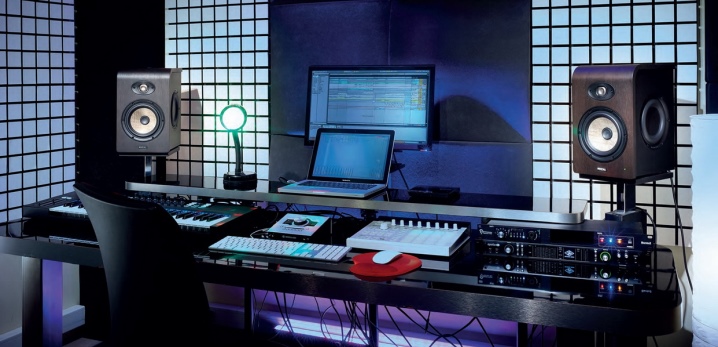
The organization of any recording studio is impossible without the use of studio monitors. This speaker system allows specialists to quickly identify all existing sound imperfections, as well as assess the specifics of the ongoing recording.
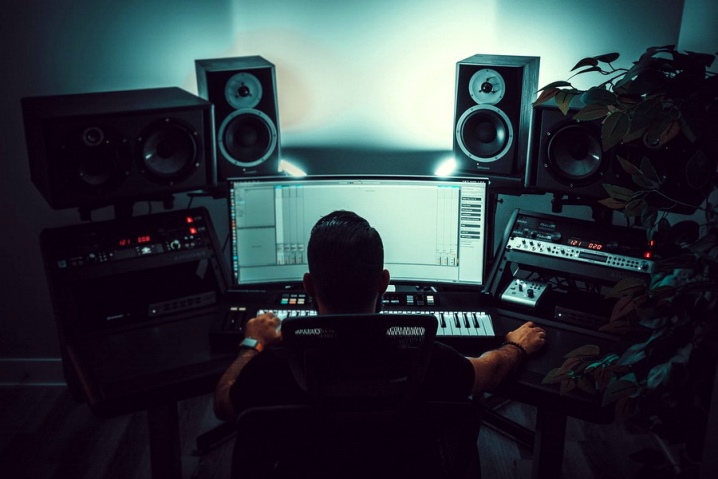
What are studio monitors?
A studio monitor is a low-power, smooth-response speaker system used for professional sound recording. In fact, the complex name hides the usual columns, which make it possible to identify recording defects to the maximum and assess the quality of the mixed signal. A studio audio monitor reproduces sound as it really is, without distortion or embellishment. This is the main difference between an acoustic system and ordinary speakers - it is a control one, that is, a measuring one.
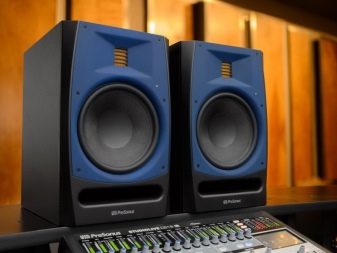

The difference is that the sound doesn't have to be beautiful, but it has to be real.
Peculiarities
The structure of a studio monitor looks like this: all the important parts are enclosed in a housing, also called a cabinet. It can be made of wood, plastic, metal and MDF. The design has two independent speakers - a tweeter and a woofer, and the tweeter is always located above the woofer.
- The tweeter is responsible for reproducing high frequencies, that is, those that exceed 2 kHz. It has a conical shape and is created from different materials.
- The woofer is a larger speaker, responsible for reproducing low and mid frequencies up to 2 kHz.

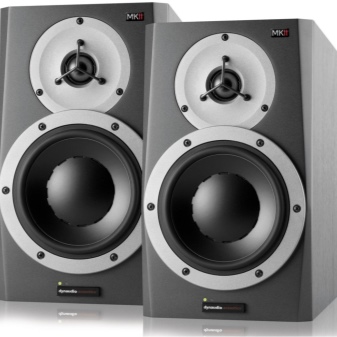
Some types of monitors also have another speaker that "outputs" the mid frequencies. An electromagnet is mounted behind the speakers, which is capable of vibrating them to move and thereby producing a sound wave.
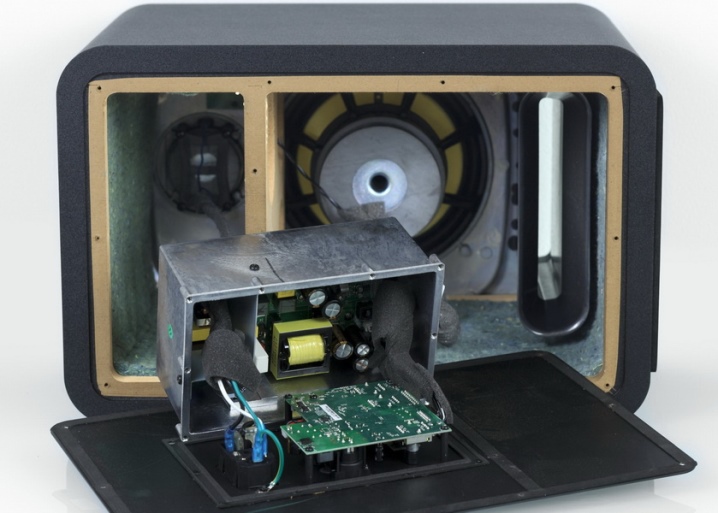
What are they for?
Studio monitors, as the name suggests, are used to set up a home or professional studio, although some people prefer to place them simply in one of the rooms in the house. It cannot be said that such speakers will prove to be a good solution for simple listening to music, since the reproduced sound is not always clear and beautiful. But for mixing tracks or practicing vocals, you cannot do without such a device.
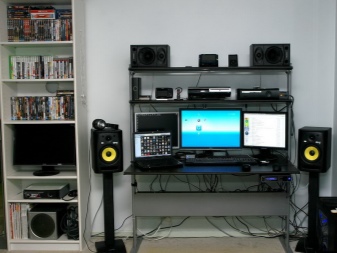
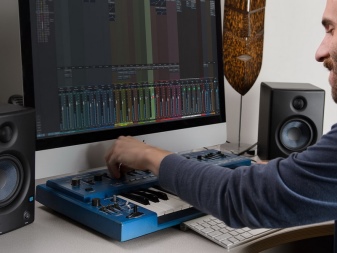
As a rule, this speaker system is not used for the stage.
Requirements and characteristics
The technical specifications of studio monitors are something to look out for when choosing them. One of the main parameters of the device is considered to be power and maximum sound pressure. The larger the speaker itself, the higher its power is, but at the same time, this indicator should be directly proportional to the volume of the room in which the speaker system will be located. The same can be said about the maximum sound pressure - it should be directly proportional to the dimensions of the room.
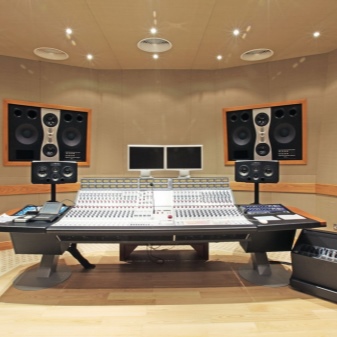
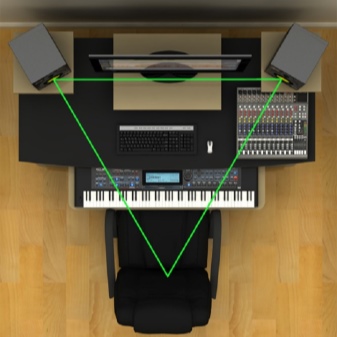
Typically 100 to 110 decibels are selected for home studio use.
For near-field monitors, the following are considered optimal:
- power equal to 100 W;
- frequency range from 50 to 20,000 hertz;
- Woofer from 6 to 8 inches.
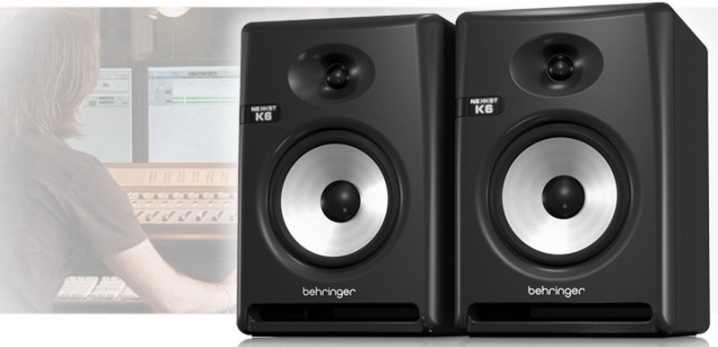
The next important characteristic is the frequency range and unevenness of the frequency response, that is, the amplitude-frequency response. It is important to remember that in general, the frequency range perceived by the human ear ranges from 20 to 20,000 hertz. The wider the frequency range of a particular monitor, the smoother the frequency response becomes. In addition, if the frequency response is overestimated by approximately 3 decibels, then a timbre color will appear, which negatively affects the operation of the monitors. Therefore, the frequency response should be as uniform as possible. In the case when the lower frequency limit turns out to be higher than 45 hertz, it is recommended to use a subwoofer in addition to the studio monitor.
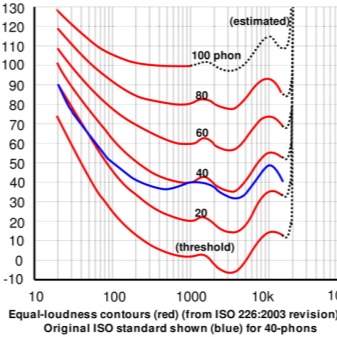
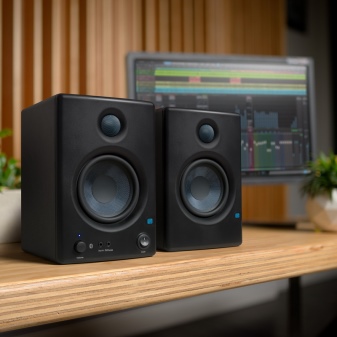
The bass reflex is a hole that reduces signal distortion and increases bass response. When a studio monitor is installed close to a wall, this element should be placed on the front of the monitor, and if it is at least 30-40 centimeters away from the wall, then, accordingly, on the back. As for the system cabinet itself, the heavier it is, the less resonance will disturb the reproduced sound. In addition, the rigidity of the material also provides a reduction in the distortion of sound waves, so it is better to purchase a device made of Kevlar.
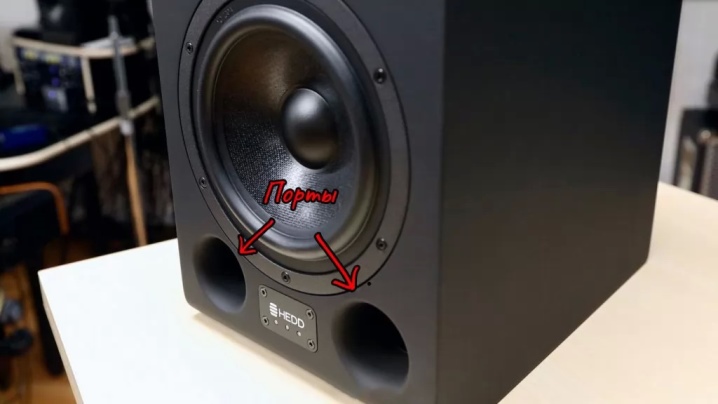
The woofer type can be ribbon, compression titanium and silk. The ribbon speaker ensures the best performance of the device by creating the required frequency range. The compression loudspeaker features high sound pressure capability as well as maintaining high sound quality. Finally, the silk speaker is quite popular due to its lack of distortion and resonance, and the creation of clear sound.

The monitor controller improves your workflow as it is responsible for signal routing. This device "links" monitors, subwoofer, microphone and headphones, and also allows you to control the balance level. You can purchase both a professional controller and a more budgetary and simplified device. However, the purchase of this technique is not recommended for everyone. If the workflow takes place using only one pair of studio monitors, there is no need for additional control - an external sound card will suffice.
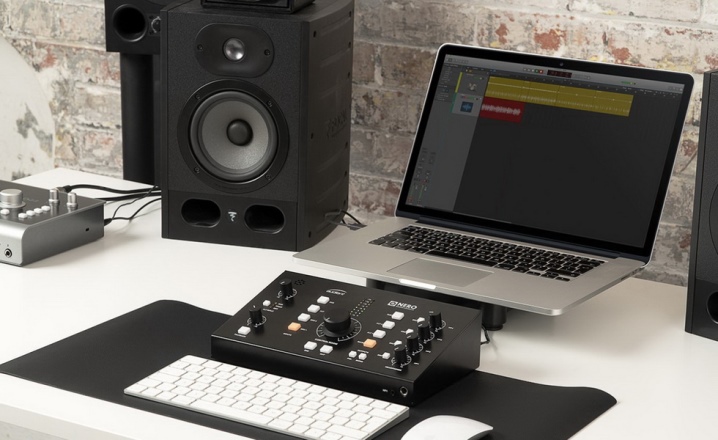
As a rule, microphone, instrument and balanced cables are chosen to organize the whole process, and Canare is considered the most optimal wire for a home studio.
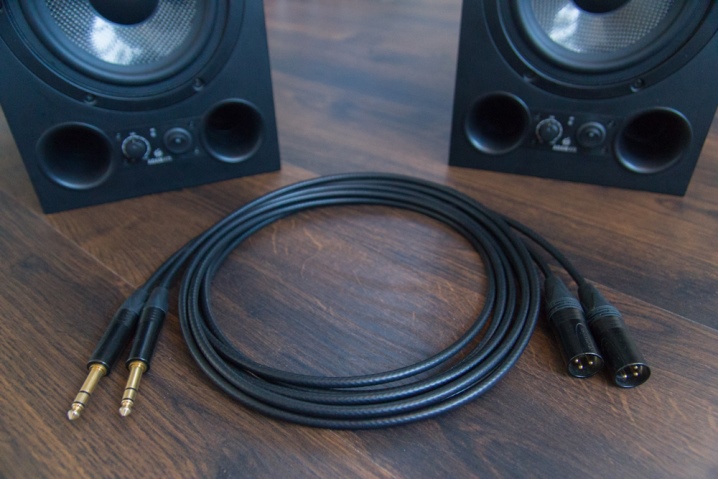
Varieties
All studio monitors are usually divided into active and passive. The difference between them is actually one - the former have a built-in power amplifier, while the latter do not. Subwoofer monitors are also quite widespread, used in cases where there is a need to expand the low frequency range.
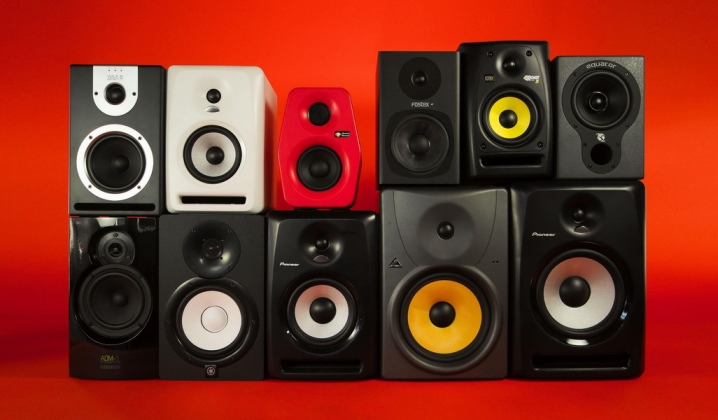
Active
Active monitors have a built-in amplifier, as well as a crossover and all the necessary circuitry. Moreover, sometimes even each speaker comes with its own amplifier. On the active monitor, you can find all the necessary connectors: "jack", "tulip" and "canon", and sometimes digital inputs - both optical and coaxial. Such devices are easy to connect and do not require additional tuning of the amplifier path. The versatile design even allows you to set parameters for a specific studio.

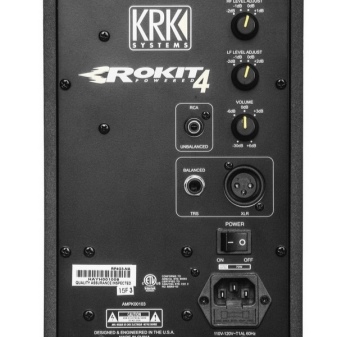
The available circuitry prevents the speakers and amplifiers from burning out. However, an active monitor is still difficult to repair, and a large number of wires are connected to the structure itself, which causes certain inconveniences.
Passive
Passive monitors have a simpler design than active monitors, but their use comes with some complications. Firstly, the technique requires additional amplifiers, and, secondly, it has only an analog input. The latter, by the way, can be an acoustic Speakon or a linear "jack". I must say that passive studio monitors are not very popular, and therefore are used less often than active ones.

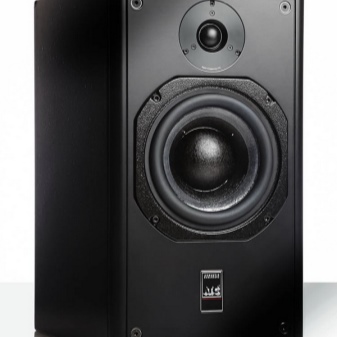
Acoustic
An acoustic monitor most often refers to an ordinary studio monitor. It has low power and is used in professional recording to control the balance of instruments.
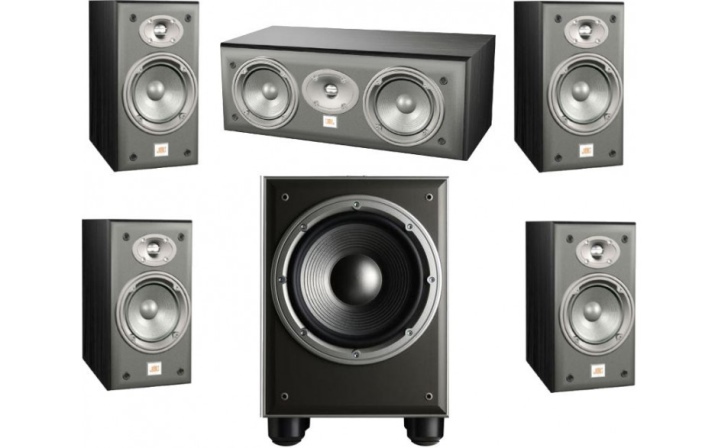
Stage
Concert monitors are acoustic systems that create an additional sound field that will guide stage performers.
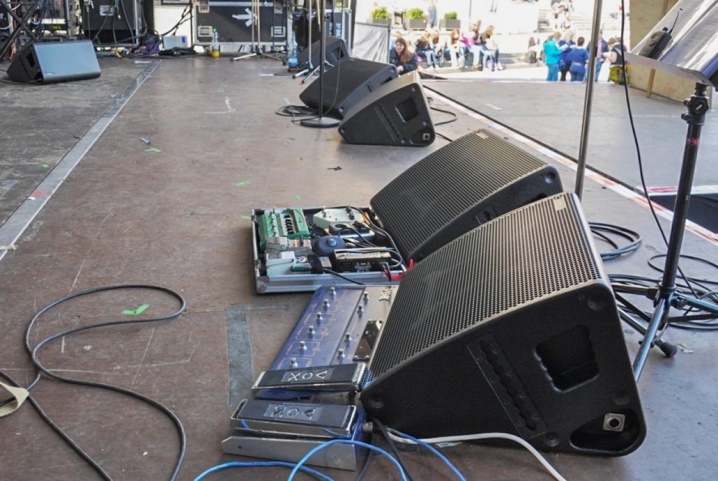
Monitor lines
In studios, it is customary to organize three monitor lines. The first is formed from near-field monitors, the second from mid-field monitors, and the third is represented by far-field monitors. Near-field monitors are also called bookshelf monitors. The most common devices are usually placed directly on the table or on special stands installed in front of the sound engineer. These monitors cope with the transfer of mid and high frequencies, but problems with the lower ones can arise.
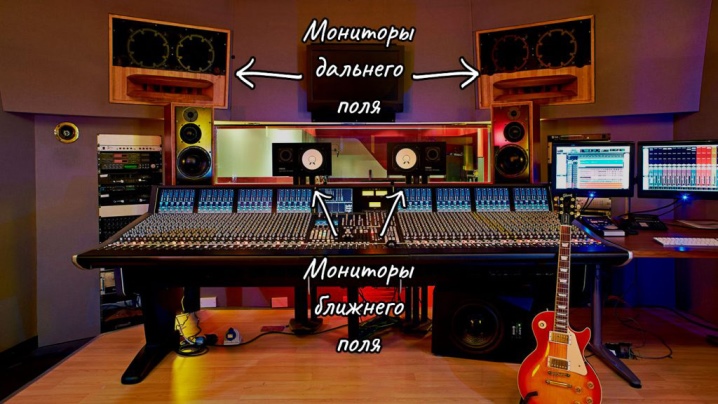
Usually, they are used to perform such basic tasks as editing a phonogram or mixing tracks. The power of the devices does not exceed 100 W, and the diameter of the speaker does not exceed 8 inches. The column should be positioned keeping a one and a half meter gap between the device and the person.

With the help of midfield monitors, a panorama is created, as well as those sound effects that are not perceived by near-field monitors are embodied. Experts use them to listen to compositions mixed together with low frequencies. Some models are also involved in audio mastering. Finally, far-field monitors are used to listen to finished audio tracks at different volumes and frequencies. Devices are usually purchased for large hardware rooms engaged in audio material mastering.

Number of stripes
It is customary to allocate three-way and two-way studio monitors.
- Three-way consists of a woofer, tweeter and mid-range driver located between them.
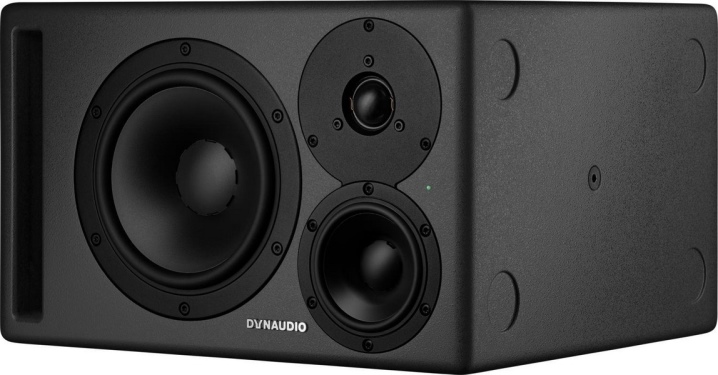
- In two-way devices, the woofer is used for both mid and low frequencies, and the tweeter remains unchanged. Sometimes there are two-way monitors equipped with a pair of woofers.
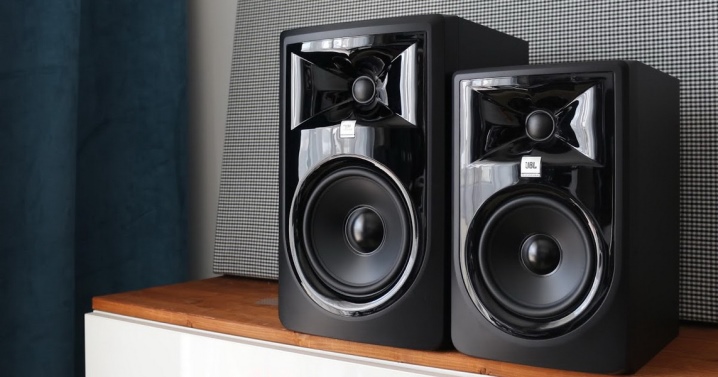
Dimensions (edit)
Studio monitors are often named after their woofer size. For example, a "five" is a device with a bottom speaker equal to 5 inches, and a "eight" is, respectively, 8 inches. Monitors with a woofer less than 5 inches are considered mini, since their frequency is not enough even for home use. 5-inch monitors are ideal for small rooms, but larger devices should only be placed in spaces larger than 15 square meters. The top stop for home use is 8 inches.
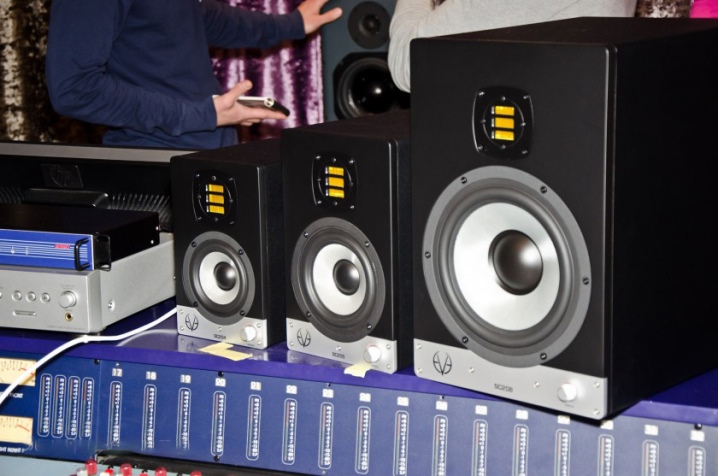
Manufacturers
Top budget devices include models from JBL, Pioneer and BEHRINGER... Comparison of inexpensive systems with higher quality ones makes it clear that most often the disadvantages of products are the tendency to overheat, the inability to regulate the low frequencies and noise of the amplifier.
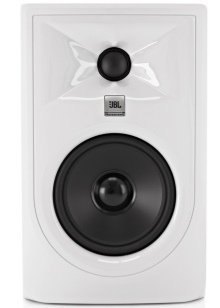
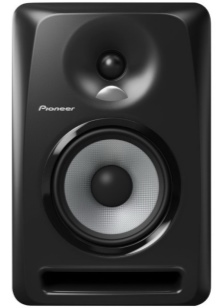
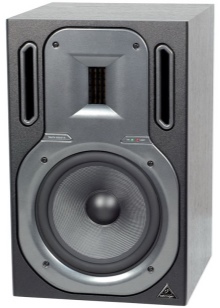
The rating of representatives of the middle segment includes manufacturers KRK, JBL and Genelec... These models, close to professional ones, can still turn off at a quiet volume, and the tweeter can even hiss.

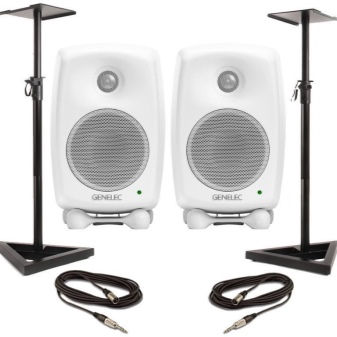
The cost of expensive devices starts at 50 thousand rubles. Manufacturers overview includes brands such as Genelec and Focal.
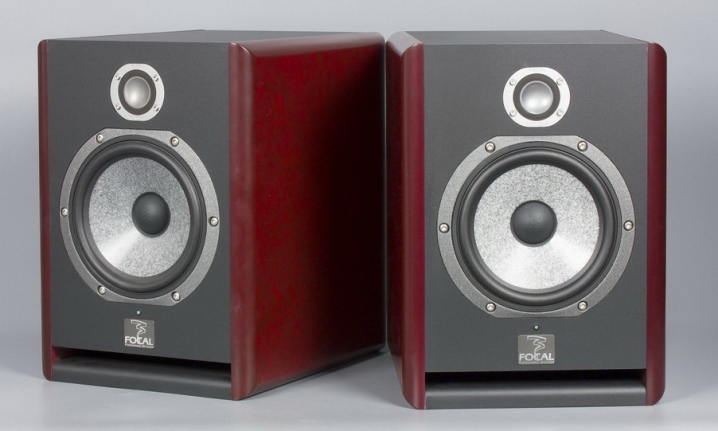
Finally, the best studio monitors are often referred to as products. KEF and Canton Electronics.
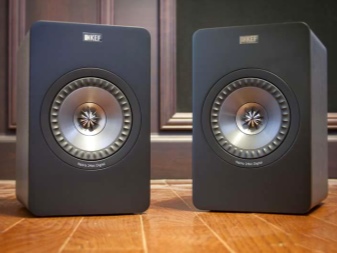
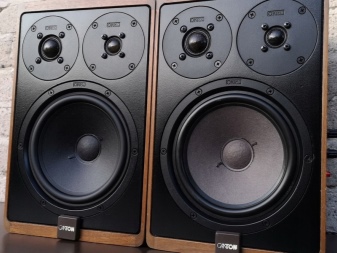
Selection Tips
Since studio monitors are rarely sold individually, for a small studio it will be enough to purchase a pair of near-field monitors and a subwoofer that will be responsible for reproducing low frequencies.Several additional dampers will help prevent resonances and vibrations. For playing electronics, KRK and ROLAND models are more suitable, and rock, folk and ethno sound much better on YAMAHA and DYNAUDIO speaker systems. For lovers of classical music and jazz, JBL and TANNOY monitors are more recommended.
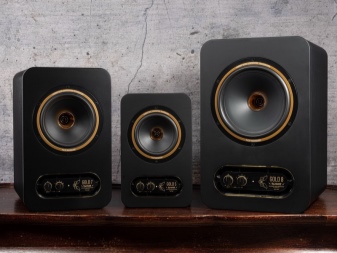
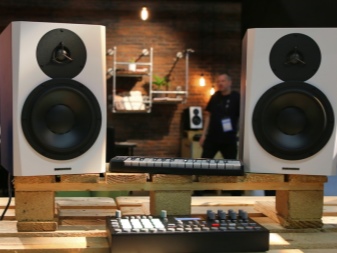
Before buying a studio monitor, it is recommended to play several high-quality recordings of the direction you are going to work with on it. When choosing, you need to understand where the speaker systems will be located, since the choice of specific models will depend on this. For example, near-field monitors are usually placed at the corners of an isosceles triangle. In the case when the daily use of the device will be more than 10 hours, it is better to think about purchasing a model with a ribbon tweeter.
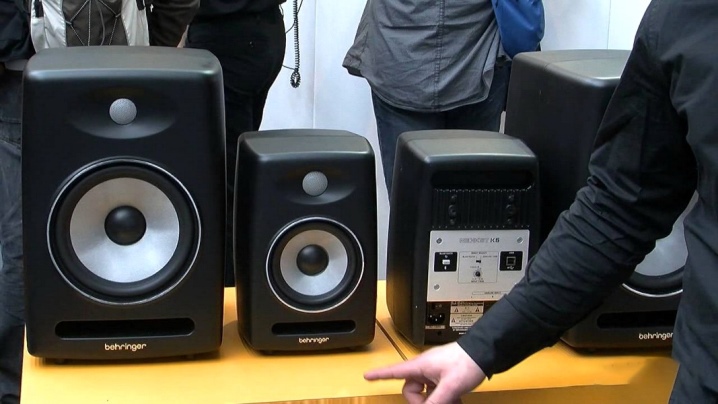
A large number of adjustments means that the monitor can be adapted to the characteristics of any space.
Installation, connection and operation
The speaker system requires a horizontal position, ideally on a table or special platform. The use of a lining will also be useful. You can connect a studio monitor to a computer, TV or laptop, but be sure to connect to a sound card with the appropriate connector.
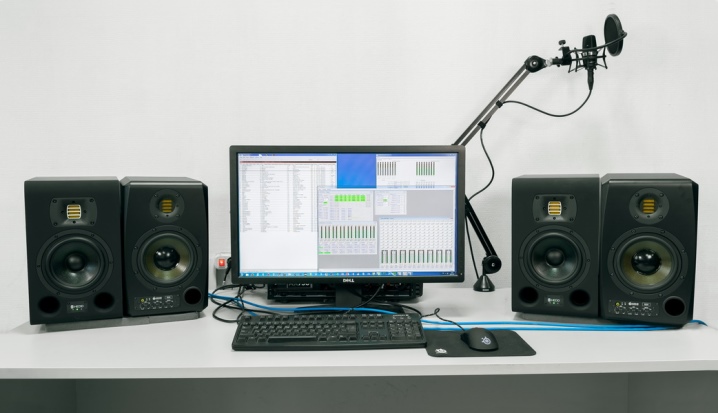
The studio monitor must also be set up before use. First, the parameters are modified depending on the acoustic characteristics of the room. It will be necessary to find the resonant frequency of the studio and reduce its influence. Next, the volume is adjusted, followed by the upper and lower frequencies. Experts recommend starting work with a low volume and 10-20 W, and, if necessary, increase the indicators. The speakers must necessarily "look" directly into the ears of a working person, so as not to spoil the perception of sound. Calibration is performed using a sound pressure meter.
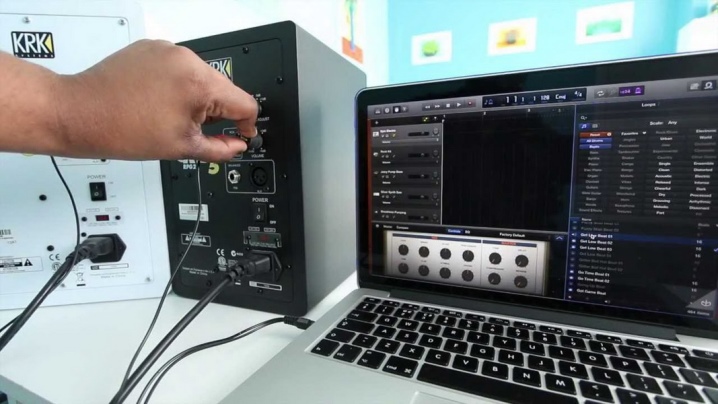
The use of monitors must be careful and accurate. They must not be dropped, used as a table or as a support. The speakers are not allowed to be touched with your fingers, and even dust removal must be carried out using special tools. It is important to ensure the smooth operation of the cooling system and not to block the air flow to it. The network cable must not cross with the signal cable.
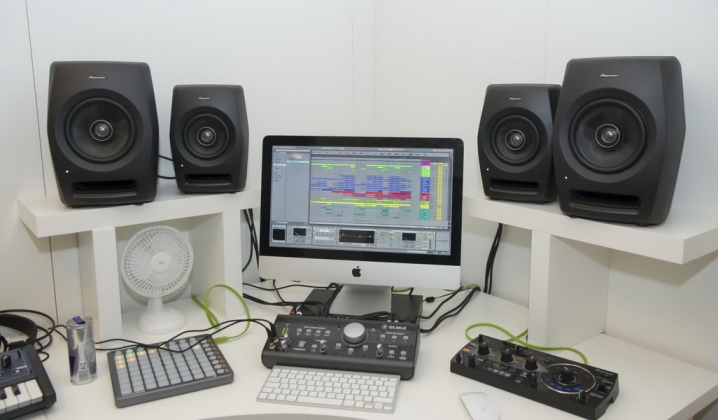
Finally, during operation, remember that the monitor must first be connected to the network, and then the sound must be activated. Completion of work occurs in the reverse order.
See the following video for how to choose the right studio monitors.











The comment was sent successfully.